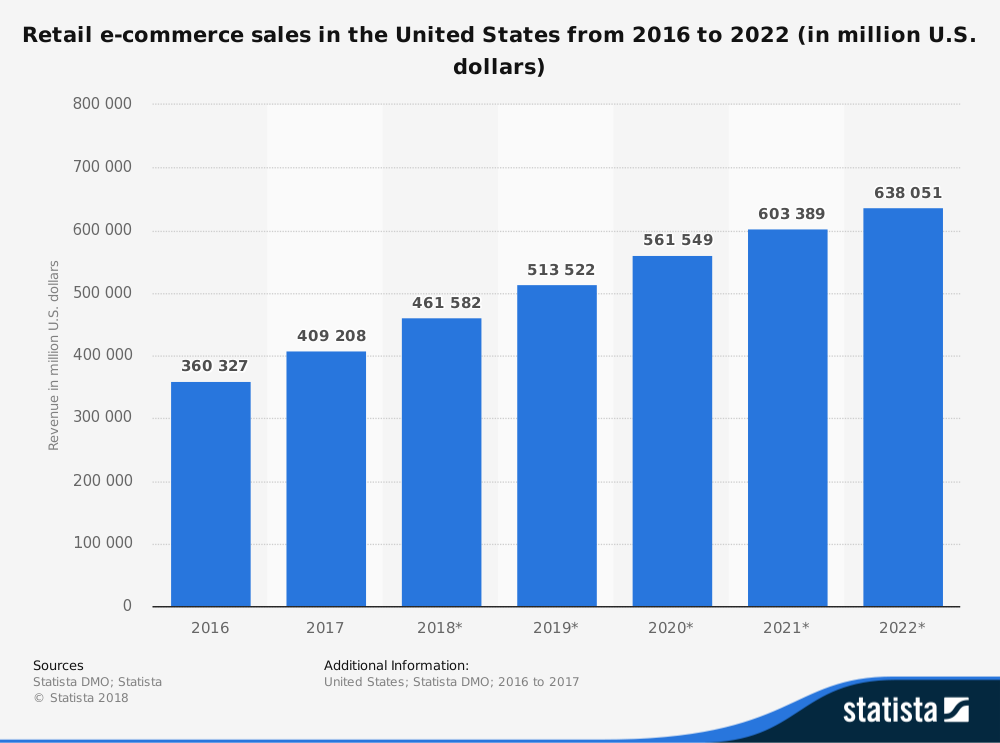Profiting from Junk Mail and E-commerce
Consumers are experiencing a major evolution in how companies can communicate with them, but these marketing channels are constantly shifting. A marketing message now regularly caught in the spam filter has migrated to Facebook. Broadcast television commercials, outside of sports, are losing their potency as more people cut cords. Newspaper ads have almost become a thing of the past, just like first-class mail, whose volume dropped by more than half over a decade thanks to the use of email. However, mail service is not dead. One bright spot is still marketing mail, aka junk mail, which might just be the best way for less sophisticated businesses, especially local small businesses, to reach cord cutters and Millennials. Junk mail was responsible for 52.4% of United States Postal Service (“USPS”) mail delivery in 2016. The 80.9 billion marketing pieces, along with package delivery, were the only points of growth in the USPS’ deliveries.

Source: USPS Office of Inspector General
With the shift to online retailing, package delivery has become almost a daily happening for households. E-commerce retail sales (B2C, business-to-consumer) are expected to continue to grow at near double-digits for the foreseeable future, driving a renaissance in the requisite logistics.

Source: Statista.com
However, often overlooked, the business-to-business (“B2B”) market is three times larger than B2C. Logistics software helps manage these deliveries, finding the cheapest rates, tracking inventory and status, and helping companies go global. The software also helps shippers deal with changes in delivery methods.














Leave A Comment